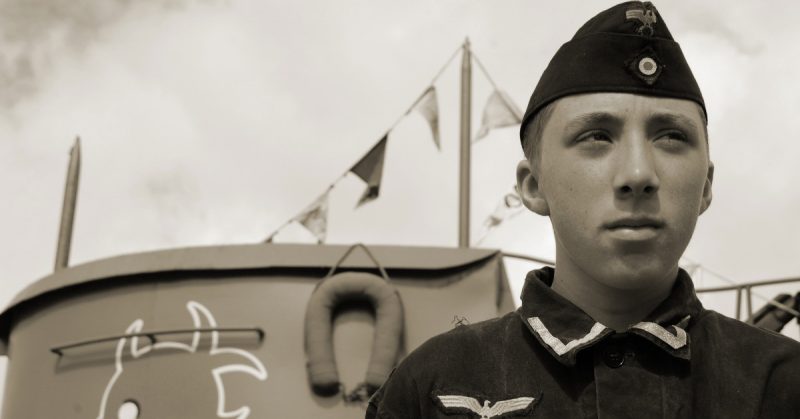The first U-boat sunk was on September 14th, 1939 when three torpedoes from U-39 exploded prematurely in an attack on the British aircraft carrier HMS Ark Royal.
The Battle of the Atlantic, centered around the efforts of the Allies during World War II to provide aid for Great Britain and Germany’s actions to hamper those efforts, is considered the longest ongoing battle of the war.
It started on September 3rd, 1939 just two days after the invasion of Poland.
As the war, and therefore the Battle of the Atlantic, continued on for several years, the U-boats, Kriegsmarine, and Luftwaffe on the German side were pitted against the assorted warships of the United States Navy, Royal Navy, and Royal Canadian Navy, while the Germans continued to attack Allied merchant shipping.
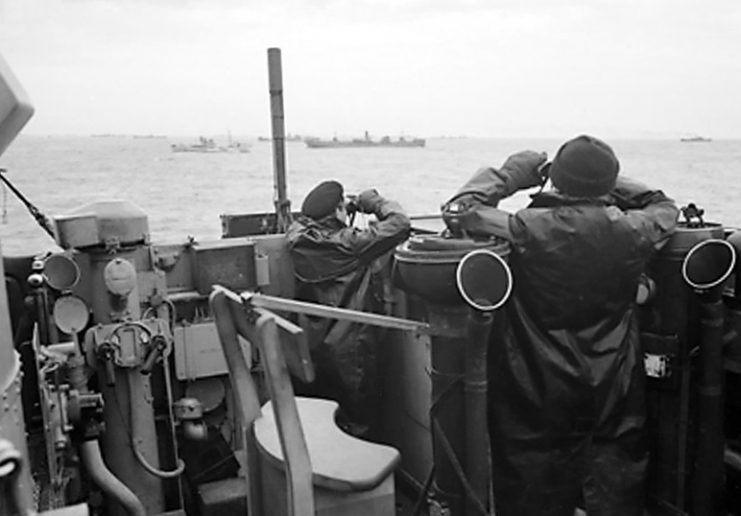
This ongoing military campaign lasted for approximately five years, eight months and five days, and only ended on May 5th, 1945 with the defeat of the Germans. After Italy joined the war on June 10th, 1940, it got involved in the Battle of the Atlantic as well with its own navy, the Regia Marina.
The Allies’ main purpose with the Battle of The Atlantic was to make sure the British kept fighting the Germans—and for that, the British needed supplies. To this end, the United States sent convoys towards the UK that would be protected by the British and Canadian naval and air forces along the way.
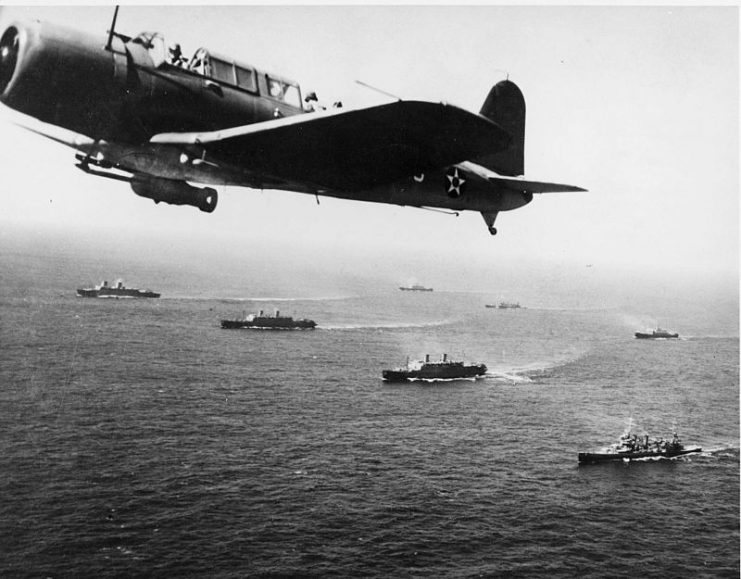
The Axis would always attempt to destroy any merchant ship that was headed towards Great Britain, since these last needed at least a million tons of imported materials per week in order to be able to fight and survive.
In the Battle of the Atlantic’s early stages in 1939-40, the Germans could not directly challenge the combined might of the British Royal Navy and the French Navy.
So instead, they followed a naval strategy that relied on using armed merchant cruisers, capital ships, aircraft, and submarines to sink and destroy many Allied merchant ships. The U-boats proved difficult for the Allies to track, giving the Germans an advantage.
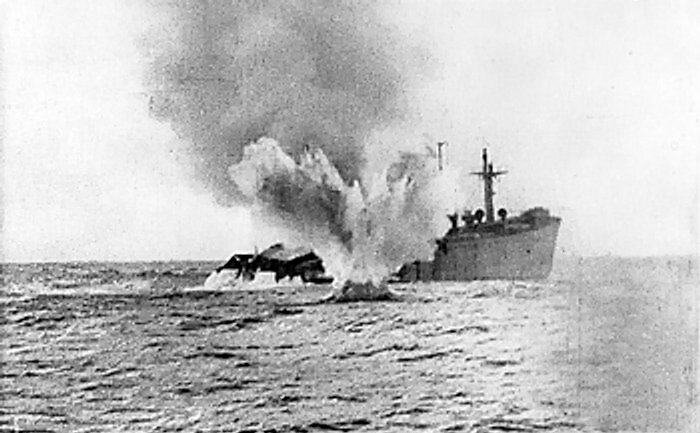
The first U-boat sunk was on September 14th, 1939 when three torpedoes from U-39 exploded prematurely in an attempt to attack the British aircraft carrier HMS Ark Royal. The three destroyers accompanying Ark Royal struck back to sink U-39. Three days later the British had their first carrier loss, HMS Courageous, which was sunk by U-29.
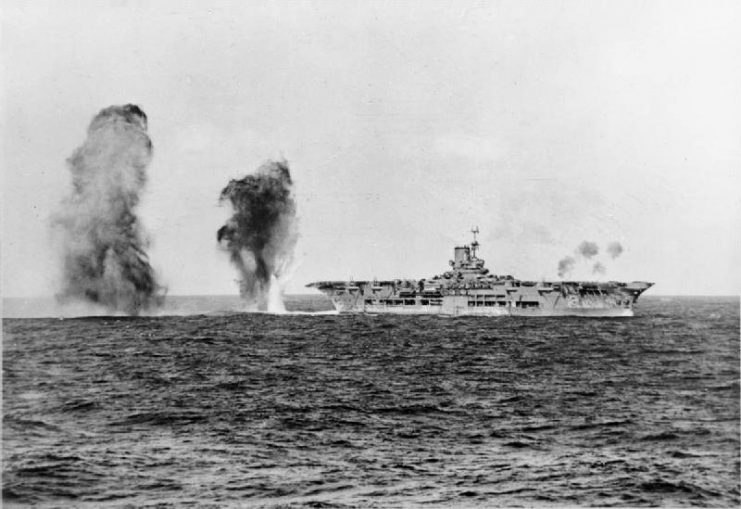
Just a month after the Royal Navy lost Courageous, the Germans managed to take out one of the Royal Navy’s battleships when HMS Royal Oak was sunk at anchor by U-47.
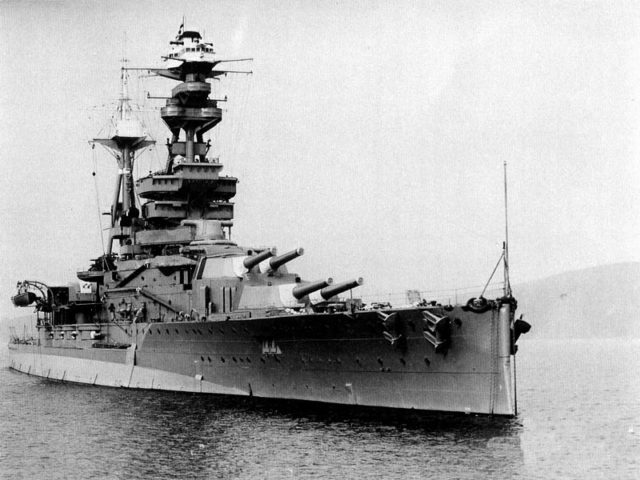
It is worth mentioning that during the Norwegian campaign, the Germans failed during more than 20 U-boat attacks to sink British warships. But the situation improved for them when Germany invaded the Low Countries and also France. That’s when the situation became more difficult for the British, who now had to fight without their biggest ally.
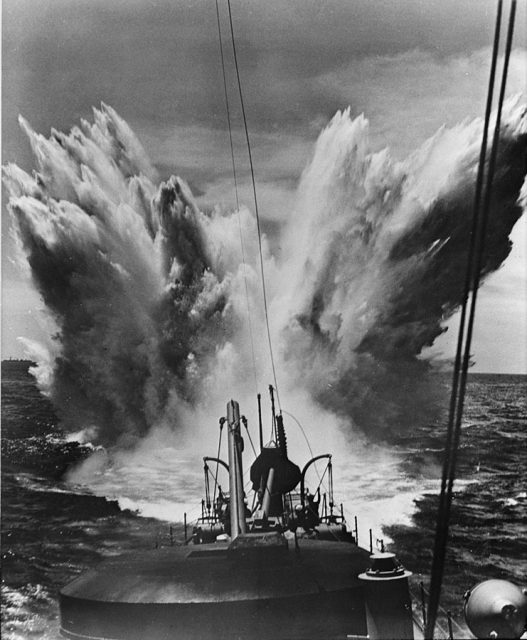
On the Axis side, initially Italy did not do much damage during the Battle of the Atlantic. But by August 1943 they managed to sink 109 ships accounting for nearly 600,000 tons of shipping, while losing 17 out of their original fleet of 32 submarines.
Despite the successes that the Italians had, they were considered undisciplined by German Admiral Karl Lai Donitz and therefore the operational area that they had was separate from that of the Germans.
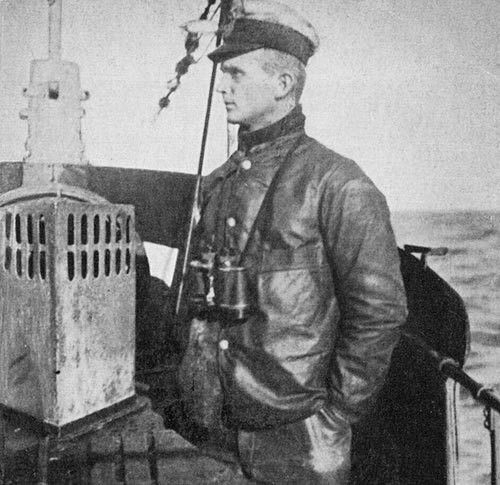
The most action in the Battle of the Atlantic occurred between the second half of 1940 and by the end of 1943. It peaked throughout March-May 1943, with May being called “Black May” by the German U-boat arm of the fleet.
In March 1943 many battles happened, including the largest convoy battle of WWII. This particular battle involved two Allied convoys: SC 122, with 60 merchant ships and eight escorts, and HX 229 with 50 ships and five escorts, which were attacked by the Germans. Only one U-boat was sunk while the rest of the three U-boat “wolfpacks” sank 22 of the convoys’ ships.
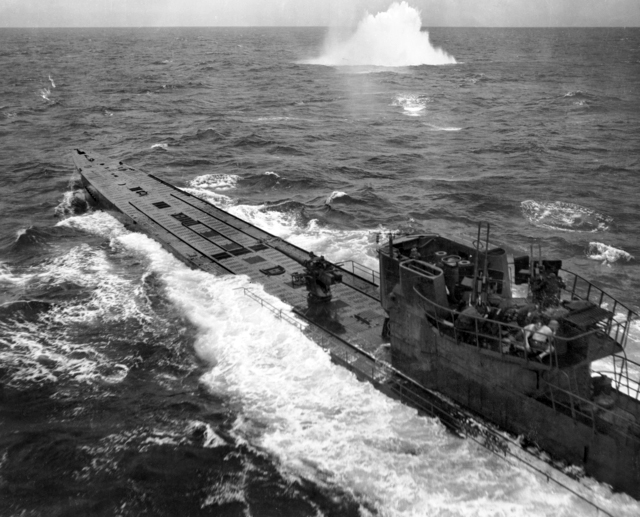
During March overall, the Allies lost 82 ships in the Atlantic. The British supply situation was declining fast and many started to believe that they would not be able to continue the war.
The tables turned quickly in April as the losses of U-boats increased. Only 39 ships were destroyed in the Atlantic while 15 U-boats were sunk.
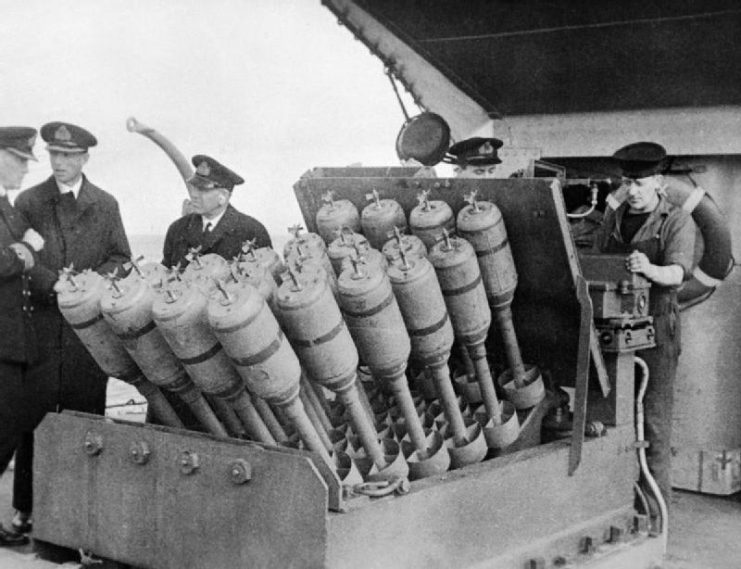
The North Atlantic battle that happened during April-May 1943 was really the turning point and one of the biggest conflicts yet in the Battle of the Atlantic.
ONS 5, which was a slow convoy outbound from the British Isles to North America and was made up of 43 merchant vessels escorted by 16 warships, was attacked by 30 German U-boats. Six of these last were sunk by Allied aircraft and 13 merchant ships were lost.
Just two weeks later, three more U-boats were destroyed by the convoy SC 130. That brought the number of U-boats destroyed to 43 in May alone, out of which 34 had been sunk in the Atlantic. Such heavy losses caused Admiral Donitz to state that the Germans had lost the Battle of the Atlantic.
